Electric pulses and ticker-tapes
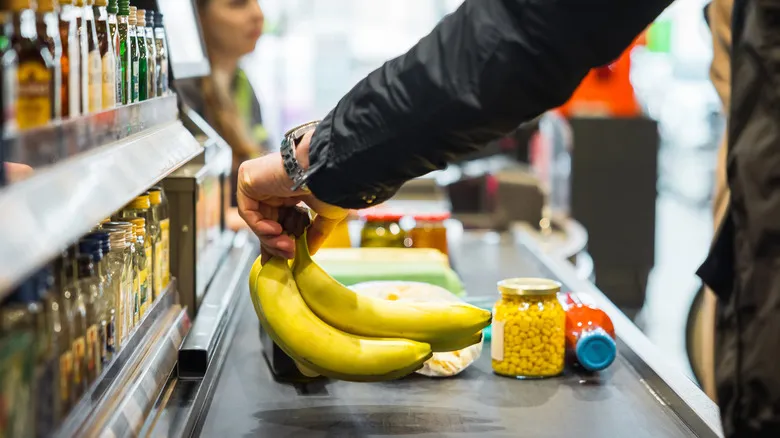
So, how did it actually function? The answer lies in the name itself. 'Keedoozle' was a clever twist on the phrase 'key does all.' When shoppers entered the store, they encountered large glass cases—essentially oversized vending machines—and were given a key. After browsing the selection, which typically included non-perishable canned and dried goods, shoppers would insert their key into the window of the desired product and specify the quantity they wanted. This process would seamlessly track their purchases on a ticker tape and retrieve the items from a massive conveyor belt located in the back. It sounds quite futuristic, doesn’t it? Time Magazine even referred to 'electric pulses' and a 'translator machine' operating the system, whatever that entails.
However, ironically, despite Saunders' ambitious vision, these conveyor belts required staff to operate them. Employees had to retrieve and load the items, sending them back along the belt through long, sci-fi-like chutes. This not only undermined his goal of reducing labor costs but also served as a strangely prophetic precursor to the vast warehouses of today’s retail giants. Customers would then proceed to the checkout to collect their items, where their order would be ready and waiting, likely leaving them in awe of this technological advancement. Yet, as we know all too well, technology can be unpredictable, and even in the 21st century, self-checkouts are not without their issues.
Where did it all go wrong?
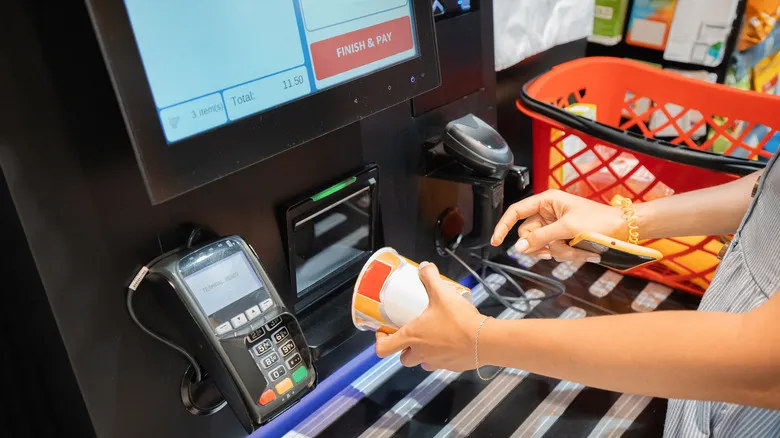
The technology was ultimately what let Keedoozle down. Despite Saunders' innovative vision, it appears his concept was a bit too advanced for its era. In simple terms, the mid-20th century technology was unable to meet the demand, leading to the idea's failure. Wires were tangled, circuits malfunctioned, and during peak times, the conveyor belt couldn't handle the volume of orders, resulting in delays and incorrect product stocking. While Saunders boasted to Time Magazine about his 'can't miss' concept, two Keedoozle locations had already been forced to shut down. The final store closed just a year later, in 1949.
However, Saunders' influence is still evident in today's grocery industry. Not only does his Piggly Wiggly franchise continue to thrive, but self-checkout services are also on the rise. According to the Food Industry Association, self-checkout usage in the U.S. is increasing: in 2022, nearly a third (29%) of purchases at food retailers were made through self-checkouts. Additionally, 38% of checkout lanes in American grocery chains are now self-service, based on shopping survey data from Catalina Marketing.
In the end, Keedoozle was simply too ahead of its time and the technology available. If Clarence Saunders had been born a few generations later, he might have been a major player in the grocery industry today, alongside companies like Kroger and Amazon, which are now exploring many of the same concepts he envisioned all those years ago.
Recommended
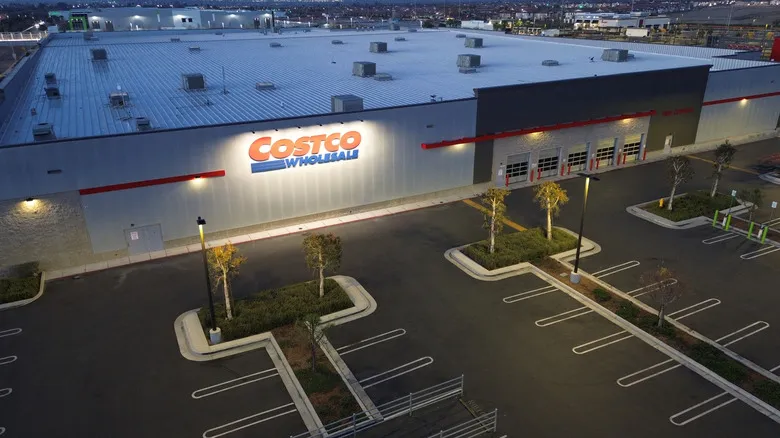
This One-Of-A-Kind Mexican Costco That Has A Unique Attraction In The Parking Lot
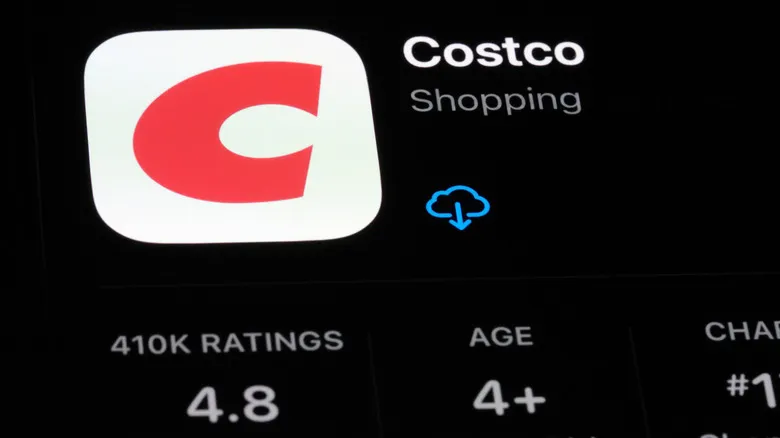
Why The Costco App Is A Must-Have Upgrade For Your Shopping Experience
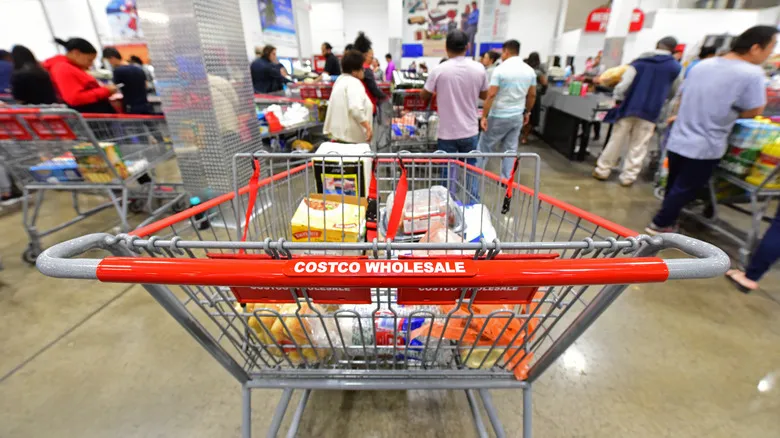
The Popular Asian Snack You Can Now Try At Costco
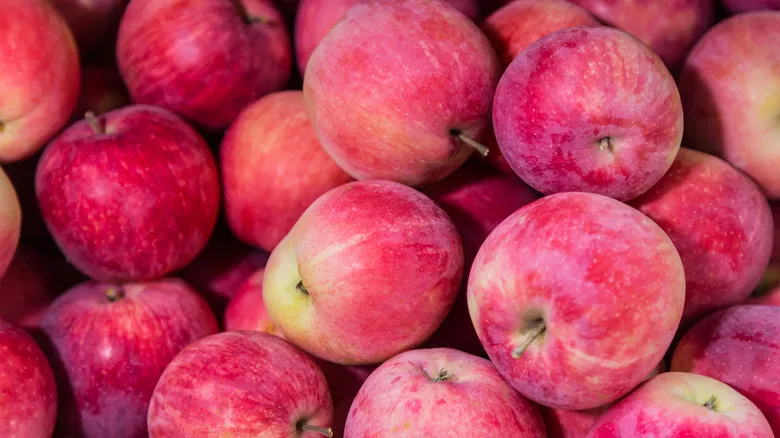
Why Grocery Store Apples Have That Thin Layer Of Wax
Next up

